Peru & Bolivia
We arrived in Arequipa at 5am after the long journey, dozing throughout the night. We couldn’t check in until later but were given a room to sit in until breakfast.
Arequipa is the Colonial era capital of the region and is filled with Baroque style buildings constructed from sillar, a white volcanic stone, hence it being referred to as the white city. It lies at the foot of the dormant Misti volcano and the city centre is designated as a UNESCO World Heritage site.
After breakfast we went on a Sillar route tour. This takes you to the quarries where the stone used in the buildings in the city comes from. Sillar stone is a volcanic sediment made up of ash and lapilli, which are small fragments of lava expelled during volcanic eruptions.
Our first stop was to look at the three volcanoes overlooking the city one of which is still active. We then went to the Culebrillas Quarry where we walked along the narrow gorge to see petroglyphs carved in the stone. The last stop was to the area where many hand carved sculptures had been made from the stone.
This afternoon we started on an organised walking tour of the city but it was a big group and the guide walked far too fast down from the main square to show us where buildings had been destroyed during the earthquake in 2001 and where the ones built from sillar stone were still standing. The higher altitude of the area was beginning to have an effect on us, plus lack of sleep, so we abandoned the tour and found somewhere to eat Before making our way back to our hotel to relax.
ANDREA MILLS
27 chapters
14 Aug 2023
Discovering Arequipa
Arequipa
We arrived in Arequipa at 5am after the long journey, dozing throughout the night. We couldn’t check in until later but were given a room to sit in until breakfast.
Arequipa is the Colonial era capital of the region and is filled with Baroque style buildings constructed from sillar, a white volcanic stone, hence it being referred to as the white city. It lies at the foot of the dormant Misti volcano and the city centre is designated as a UNESCO World Heritage site.
After breakfast we went on a Sillar route tour. This takes you to the quarries where the stone used in the buildings in the city comes from. Sillar stone is a volcanic sediment made up of ash and lapilli, which are small fragments of lava expelled during volcanic eruptions.
Our first stop was to look at the three volcanoes overlooking the city one of which is still active. We then went to the Culebrillas Quarry where we walked along the narrow gorge to see petroglyphs carved in the stone. The last stop was to the area where many hand carved sculptures had been made from the stone.
This afternoon we started on an organised walking tour of the city but it was a big group and the guide walked far too fast down from the main square to show us where buildings had been destroyed during the earthquake in 2001 and where the ones built from sillar stone were still standing. The higher altitude of the area was beginning to have an effect on us, plus lack of sleep, so we abandoned the tour and found somewhere to eat Before making our way back to our hotel to relax.
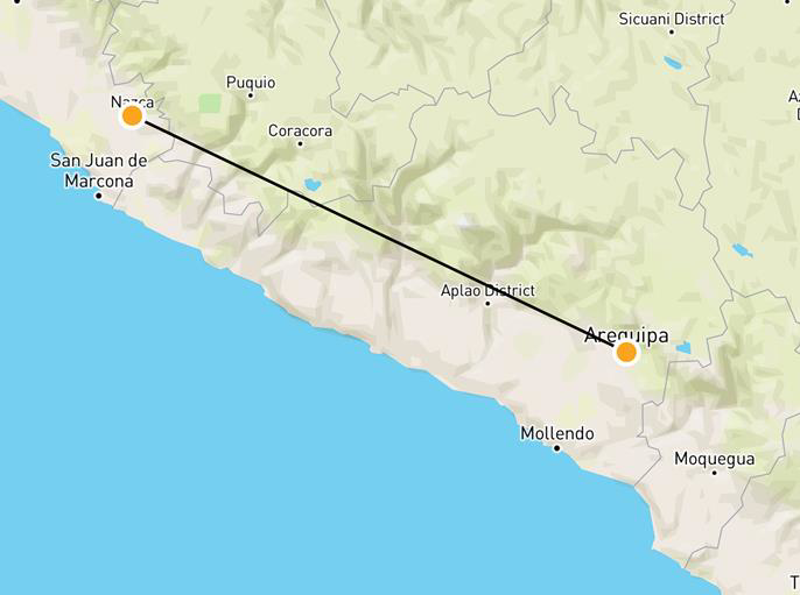
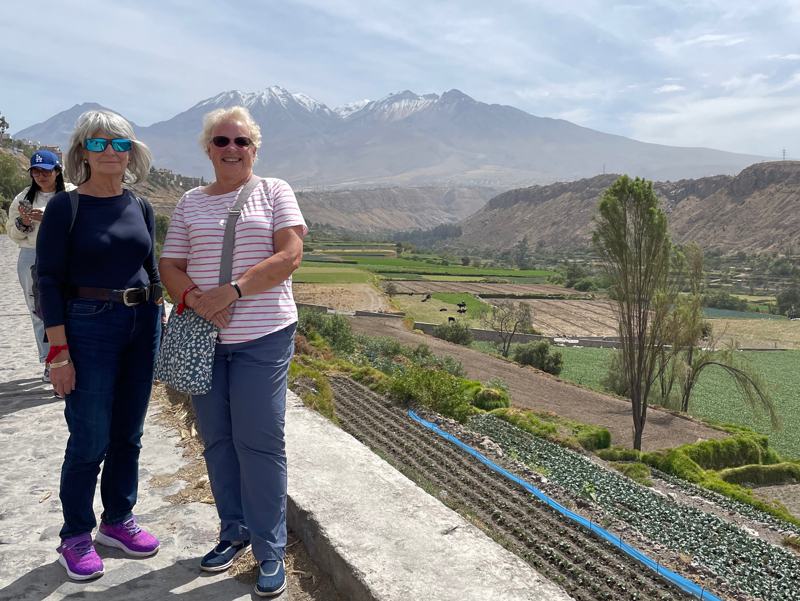
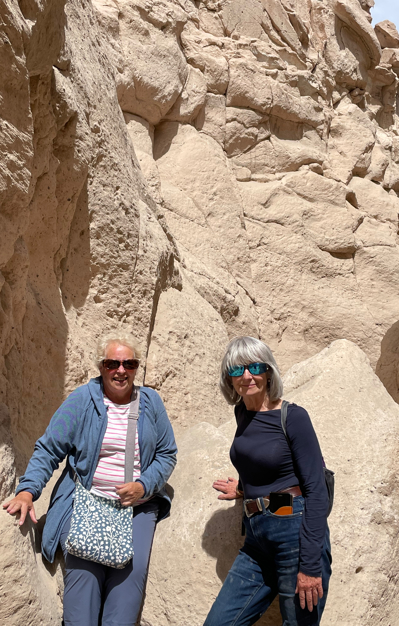
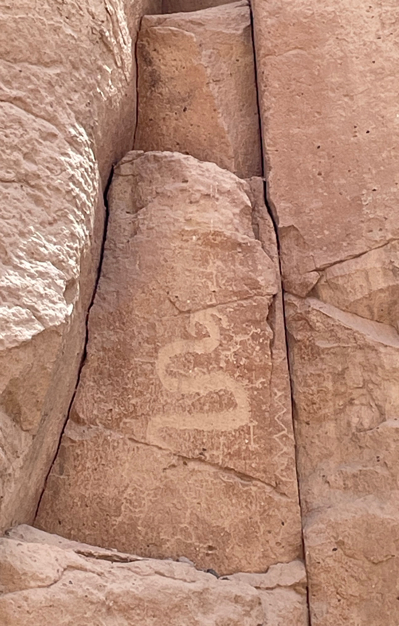
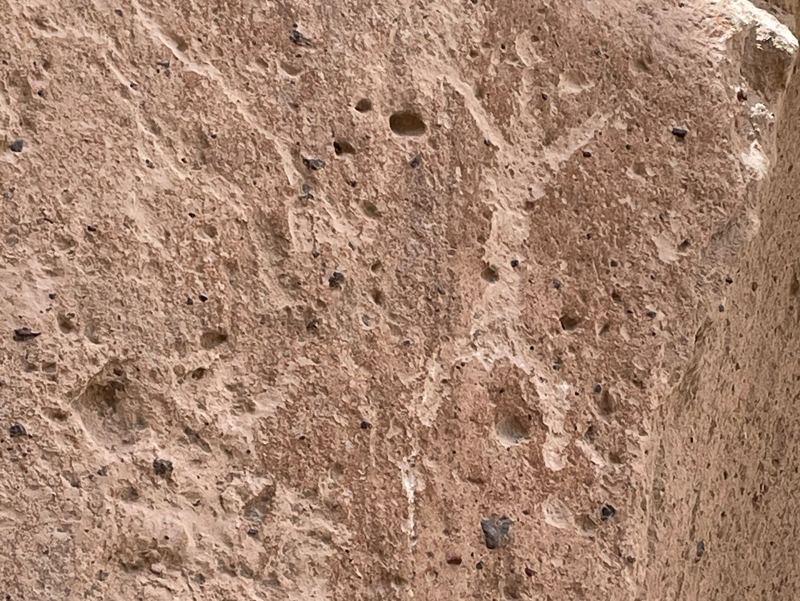


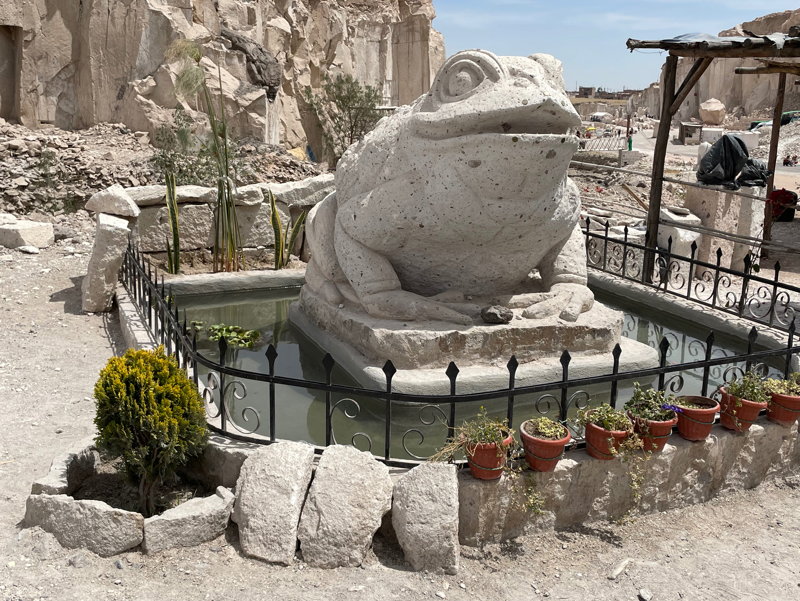
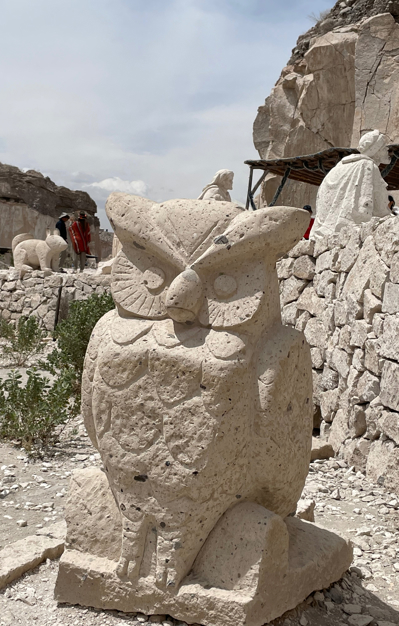
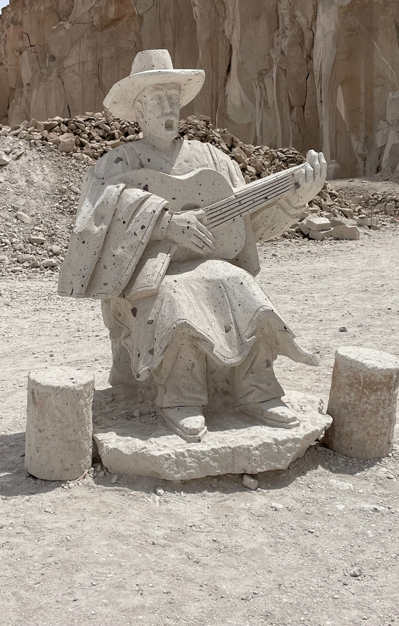
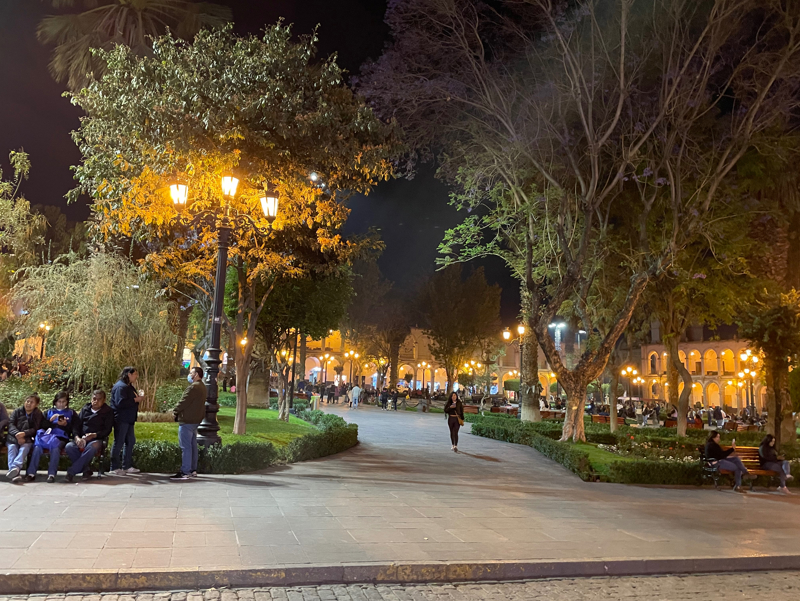
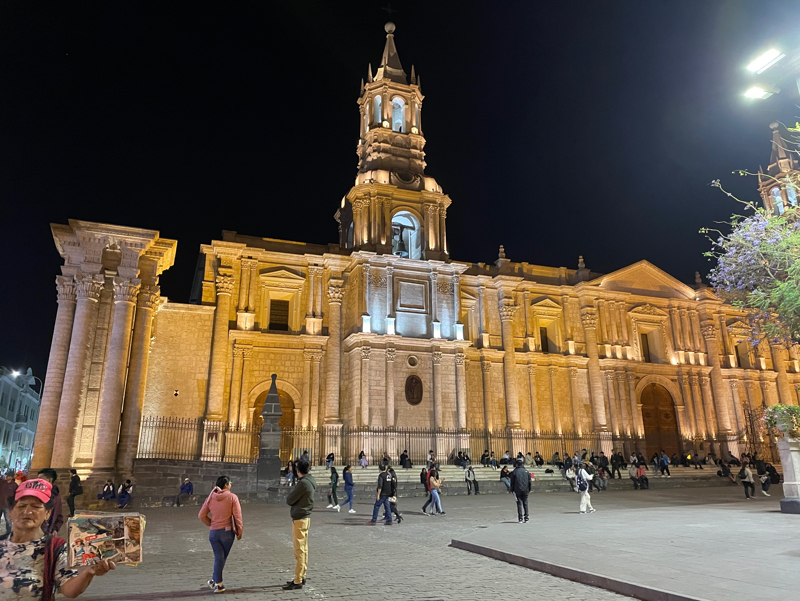
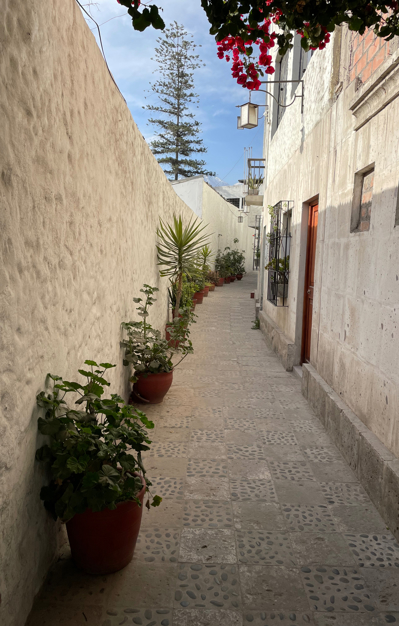
1.
On our way
2.
Miraflores and Barranco
3.
Discovering Lima
4.
Lima to Paracas
5.
Ballestas Islands
6.
Paracus to Huacachina
7.
Huacachina to Nazca
8.
Nazca lines
9.
Discovering Arequipa
10.
Journey to the Colca Canyon
11.
Colca Canyon
12.
Journey to Puno
13.
Lake Titicaca
14.
Puno to La Paz
15.
Exploring La Paz
16.
Discovering La Paz
17.
Day 1 of the tour
18.
Day 2
19.
Day 3
20.
Recuperating in La Paz
21.
Isla de Sol
22.
Train ride to Cusco
23.
Cusco
24.
Machu Picchu
25.
A last look at Cusco
26.
Going home
27.
Back home
Share your travel adventures like this!
Create your own travel blog in one step
Share with friends and family to follow your journey
Easy set up, no technical knowledge needed and unlimited storage!
© 2025 Travel Diaries. All rights reserved.